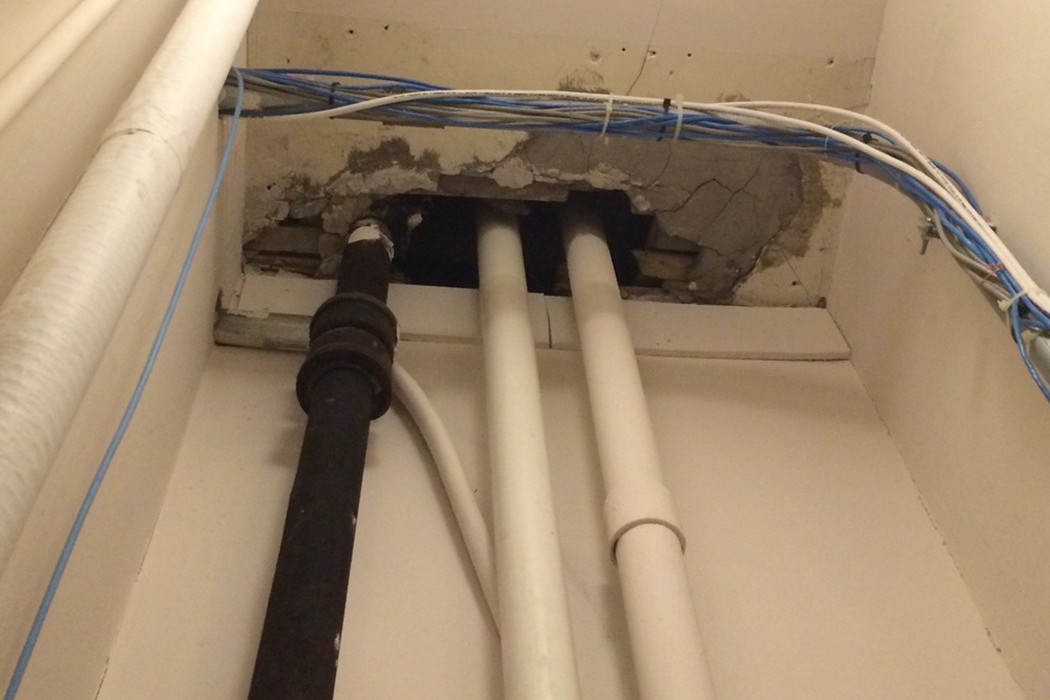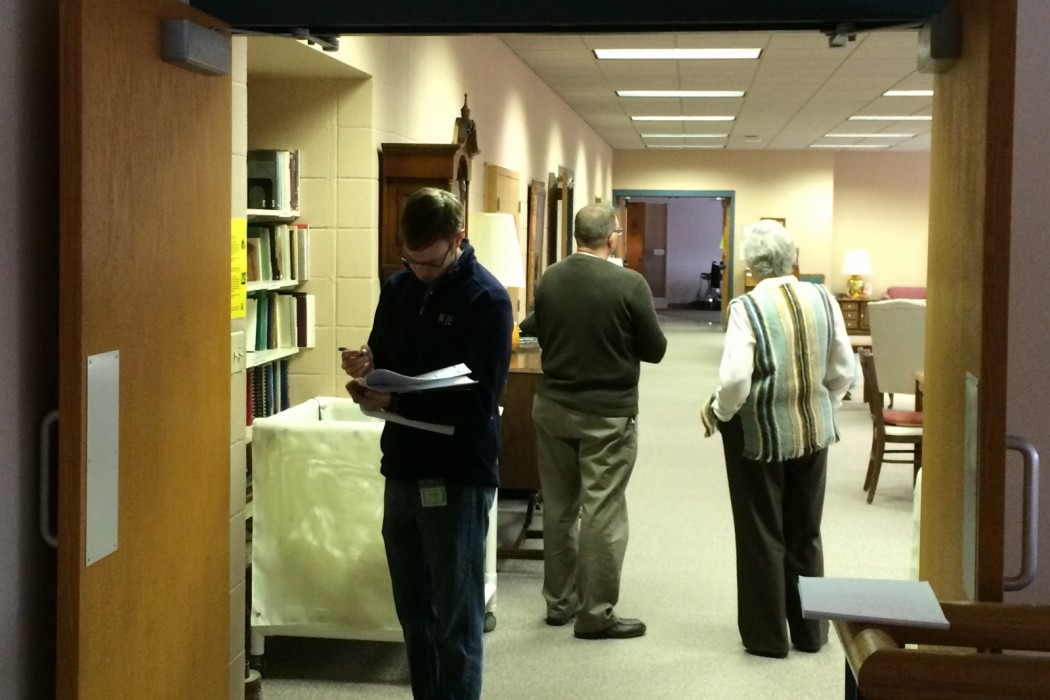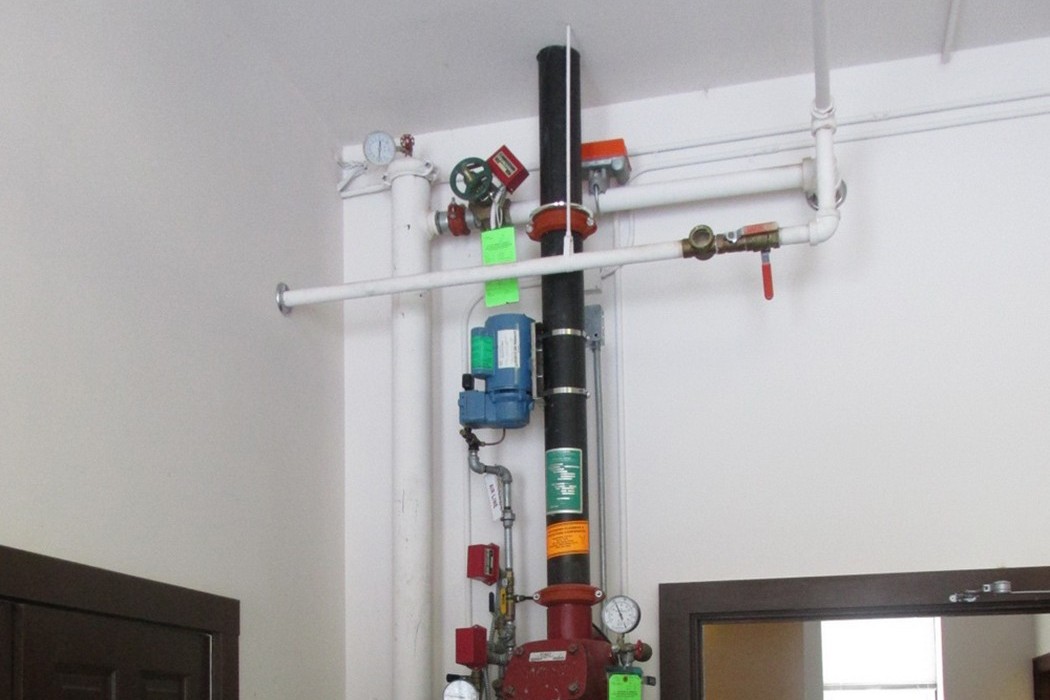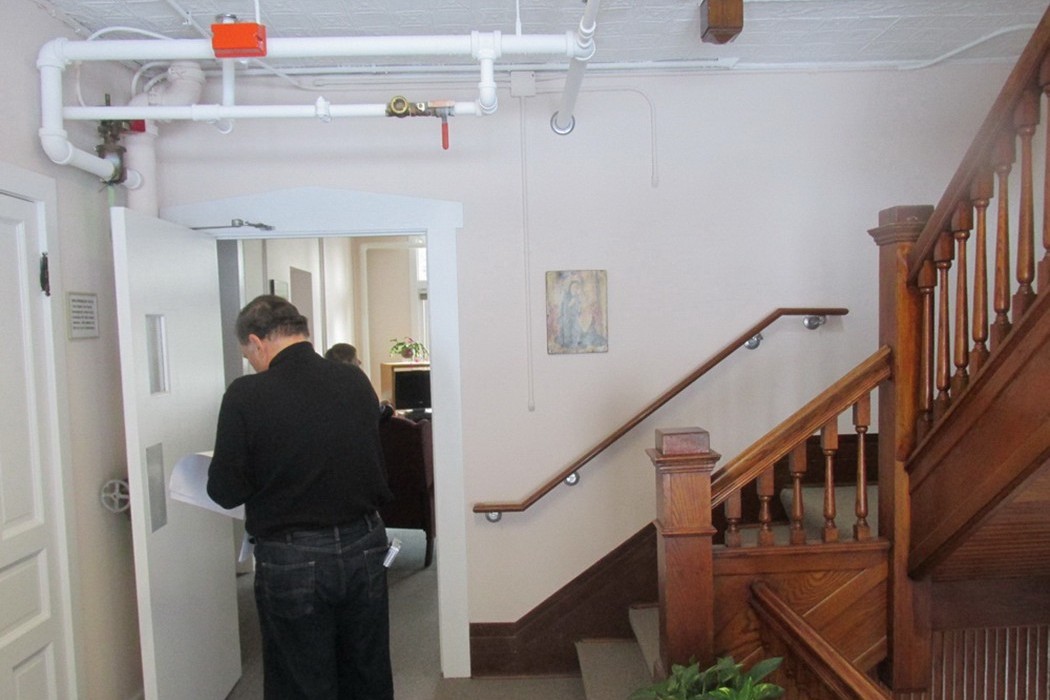WJE PROJECTS
Sinsinawa Mound Center


CLIENT |
Sinsinawa Dominicans, Inc. |
LOCATION |
Sinsinawa, WI |
Fire Protection and Life Safety Assessment
Originally used as a place of religious instruction and housing for young women, the Sinsinawa Mound Center has evolved into a senior citizens residence and conference center. The changing demographics and physical capabilities of its occupants and aging infrastructure necessitated a thorough life safety assessment and recommendations for improvements to achieve a level of fire safety consistent with current standards for assisted living facilities.
BACKGROUND
The Sinsinawa Mound Center is comprised of multiple buildings organized into two groups. The first group, termed Vintage Buildings, includes structures built between 1846 and 1936. The second group includes structures built in early 1963, which are now known as the `64 Buildings. The older buildings range from one to four stories and are generally of wood frame construction with brick and stone facades. Newer buildings range from one to five stories and are primarily constructed using steel and concrete framed structural systems. These buildings have either brick or precast concrete facades. With its beautiful stained glass, The Queen of The Rosary Chapel is the signature element of the Sinsinawa Mound Center.
SOLUTION
WJE's extensive experience in fire protection engineering and in-depth knowledge of the National Fire Protection Association (NFPA) Life Safety Code served as the basis for assessing the facility. The WJE team identified the type of construction and fire-resistant features and also evaluated the fire detection, notification, and suppression systems present in each building. The existing conditions and egress capacities were analyzed using professional judgment based upon a "systems concept," using NFPA 101A, Alternative Approaches to Life Safety, to provide guidance in characterizing the existing life safety and developing options for improvements.
The nature of the occupant's physical conditions required development of a life safety strategy that ranged from an ambulatory population capable of self-preservation to one that required a "defend in place" approach. Recommendations focused on preventing fire ignitions and controlling the fuel environment within the individual buildings. Other recommendations focused on improvements to limiting fire growth by a combination of compartmentation and fire suppression as well as providing occupant notification and improving the reliability of the fire suppression systems.
RELATED INFORMATION
-
 Our professionals are experienced providers of fire protection and life safety services for all... MORE >Services | Fire Protection and Life Safety
Our professionals are experienced providers of fire protection and life safety services for all... MORE >Services | Fire Protection and Life Safety -
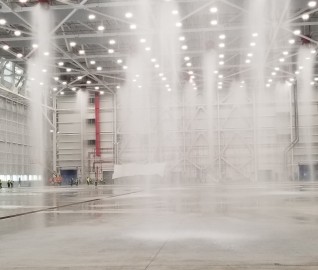 WJE's fire protection engineers evaluate the specific conditions at each project site to... MORE >Services | Fire Suppression System Design and Consulting
WJE's fire protection engineers evaluate the specific conditions at each project site to... MORE >Services | Fire Suppression System Design and Consulting -
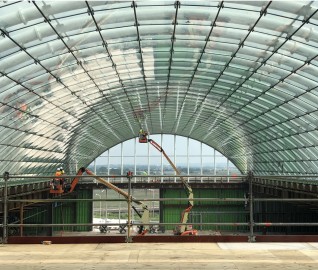 WJE analyzes fire hazards, evaluates risks, and develops project-specific code compliance... MORE >Services | Building and Fire Code Consulting
WJE analyzes fire hazards, evaluates risks, and develops project-specific code compliance... MORE >Services | Building and Fire Code Consulting -
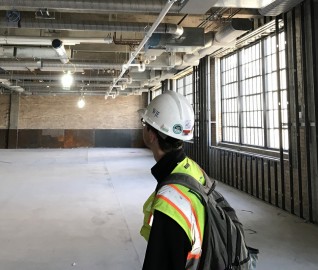 WJE fire protection engineers verify that fire alarm systems are appropriately designed and... MORE >Services | Fire Alarm System Design and Consulting
WJE fire protection engineers verify that fire alarm systems are appropriately designed and... MORE >Services | Fire Alarm System Design and Consulting



































